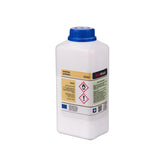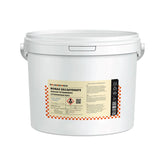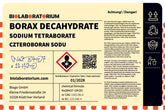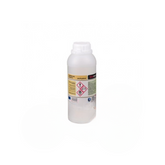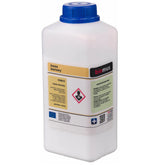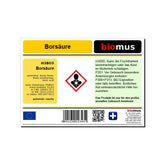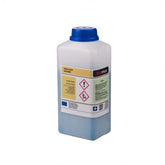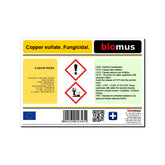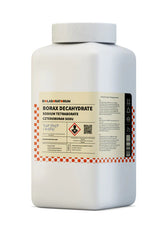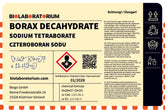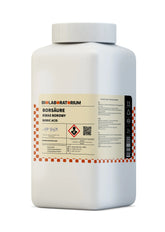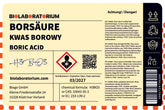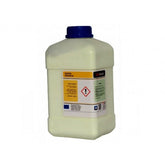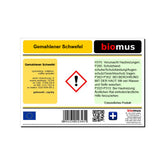Sodium polyacrylate: Versatile applications and safe handling
Sodium polyacrylate is a fascinating and versatile hydrogel used in a wide range of applications. As a highly absorbent, hydrophilic polymer, it is used in areas such as hygiene products, agriculture, medical technology, and even the construction industry. In this blog post, we will take a closer look at the properties, applications, and safe handling of sodium polyacrylate.
What is sodium polyacrylate?
Sodium polyacrylate is a synthetic, hydrophilic polymer made from acrylic acid and sodium hydroxide. It is characterized by its excellent water absorption and swelling capacity, making it an extremely useful material in many applications.
The polymer consists of long, branched molecular chains capable of absorbing and storing large amounts of water or aqueous solutions. This process is called swelling and is reversible - the water can be released again when needed.
Properties of sodium polyacrylate
Some of the key properties of sodium polyacrylate are:
- High water absorption capacity: Sodium polyacrylate can absorb and store up to 500 times its own weight in water.
- Swelling capacity: The polymer can increase its volume many times when absorbing water.
- Biocompatibility: Sodium polyacrylate is safe for the human body and the environment.
- pH stability: The material remains stable across a wide pH range and retains its properties.
- Odor neutrality: Sodium polyacrylate is odorless and does not affect the smell of products.
These properties make sodium polyacrylate an extremely versatile and useful material in numerous applications.
Applications of sodium polyacrylate
Due to its unique properties, sodium polyacrylate finds applications in many industries. Here are some of the key areas of use:
Hygiene products
In diapers, sanitary pads and other hygiene products, sodium polyacrylate serves as a superabsorbent. It absorbs moisture and effectively retains it, creating a dry and comfortable feeling for the wearer.
Agriculture
In agriculture, sodium polyacrylate is used as a soil conditioner. It can store water and nutrients in the soil and release them to plants as needed. This helps extend irrigation intervals and bridge drought periods.
Medical technology
In medical technology, sodium polyacrylate is used in wound dressings, bandages, and incontinence products. Its ability to absorb and store moisture supports the healing process and increases wearing comfort.
Construction industry
Sodium polyacrylate is also used in the construction industry - for example as a concrete additive. Here, it improves the workability and adhesion of concrete.
Further applications
In addition, sodium polyacrylate is used in cosmetic products, food, paints and varnishes, as well as in the oil and gas industry.
Safe handling of sodium polyacrylate
Although sodium polyacrylate is considered safe and harmless, some precautions must be observed during handling:
Avoid dust formation
When handling sodium polyacrylate in powder form, dust formation may occur. This should be avoided as inhaling dust can lead to respiratory irritation. Therefore, it is recommended to wear protective equipment such as respirators when handling.
Avoid contact with eyes and skin
Direct contact of sodium polyacrylate with eyes and skin should also be avoided as it may cause irritation. In case of accidental contact, the affected area should be rinsed immediately with water.
Dispose of properly
Used or excess sodium polyacrylate must be disposed of properly. Depending on the application area and contamination, special waste disposal may be required.
By following these safety instructions, sodium polyacrylate can be used safely and without risks in various applications.
Conclusion
Sodium polyacrylate is a fascinating and versatile hydrogel used in numerous industries. Its excellent water absorption and swelling capacity make it a valuable material in hygiene products, agriculture, medical technology, and many other application fields.
By observing some safety aspects during handling, sodium polyacrylate can be used safely and without risks. Overall, it is an extremely useful material that enriches our daily lives in many ways.
